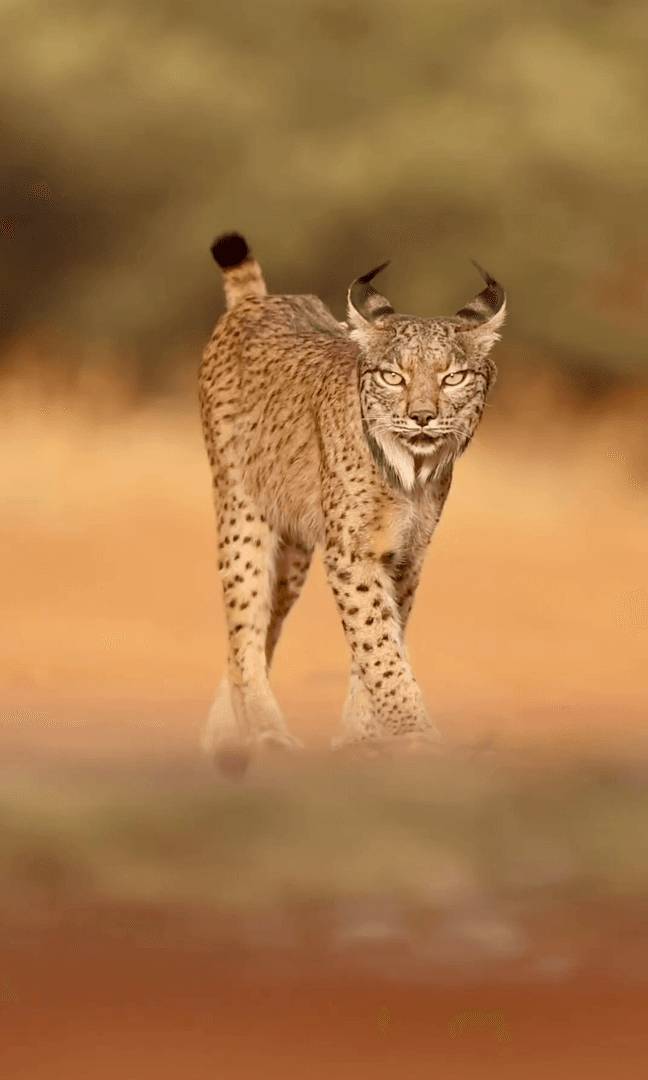
El lince ibérico o lince español o lince sardo o lince ibérico (Lynx pardinus) es una especie de la clase de mamíferos del orden carnívoros de la familia Felidae. Anteriormente, el lince ibérico se consideraba una subespecie del lince común. Hoy en día, se ha demostrado que son dos especies diferentes que evolucionaron independientemente una de la otra durante la época del Pleistoceno. Se diferencia del lince Ibérico (Lynx lynx) en Tamaño y color más claro con manchas pronunciadas, lo que le da un parecido con el color del leopardo. En invierno, la piel se empaña y se vuelve más delgada. El lince ibérico español es dos veces más pequeño que el lince común y, por lo tanto, caza principalmente caza menor: liebres y conejos, solo ocasionalmente atacando a las crías de ciervos. El lince ibérico se encuentra en el suroeste de España, aunque inicialmente estaba muy extendido en España y Portugal. Ahora su área de distribución está limitada a terreno montañoso. El lince ibérico es una de la
Post: 11 January 19:38















































